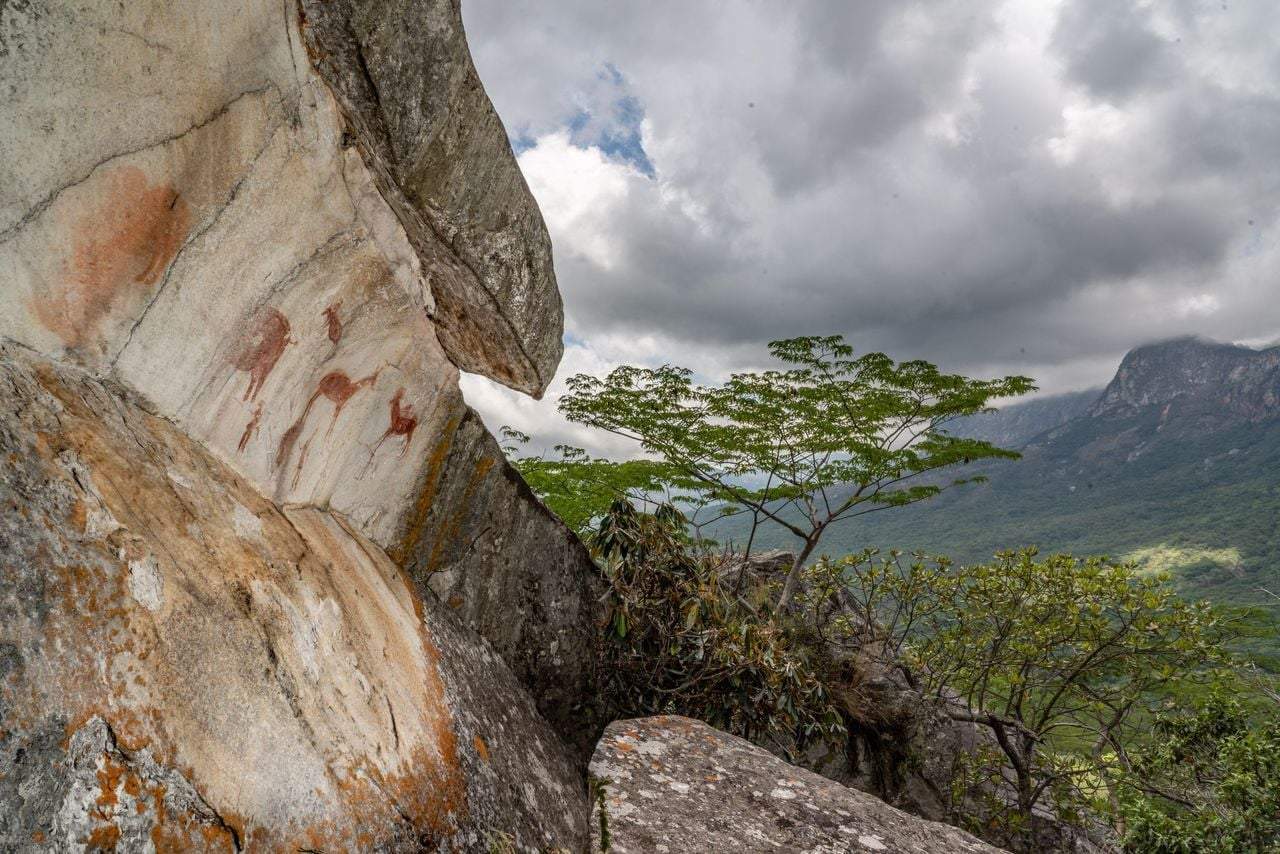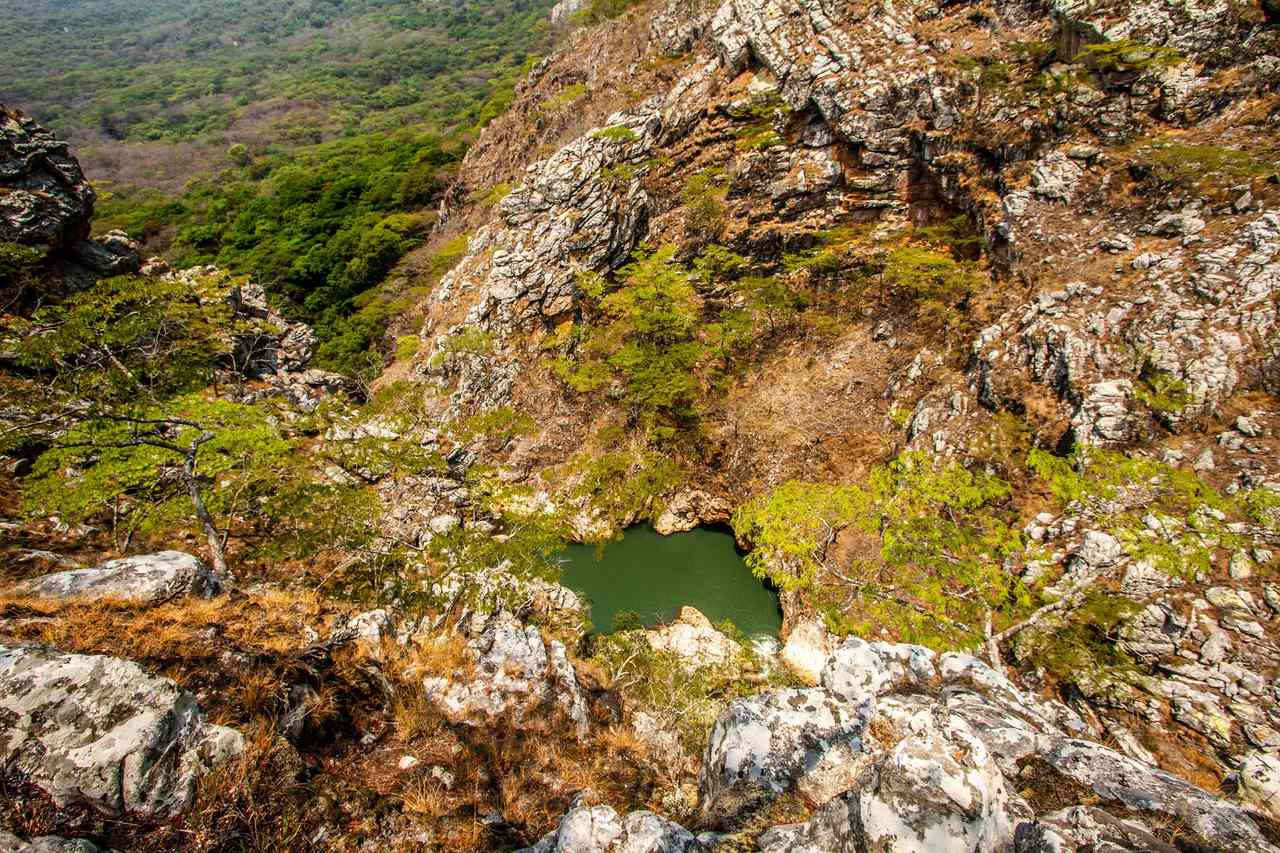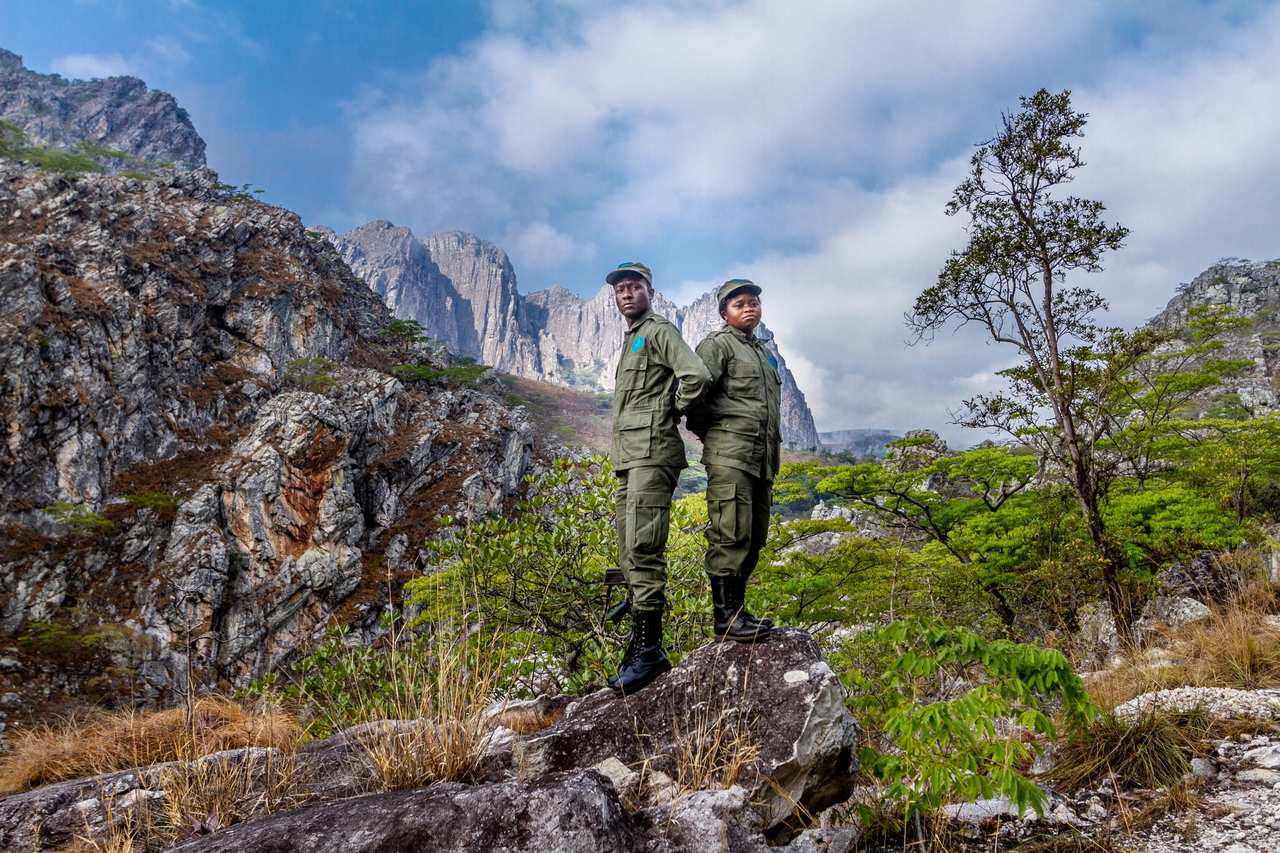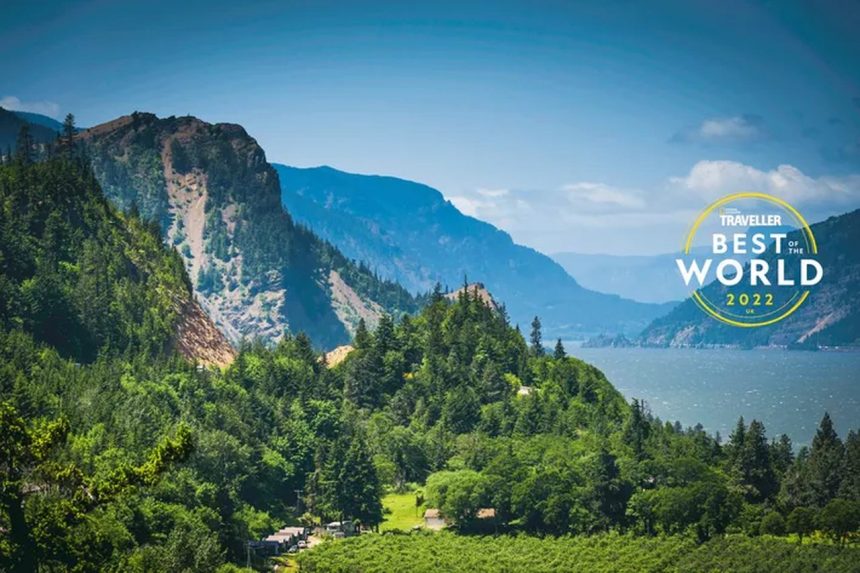The team of editors from National Geographic (NatGeo) has chosen, in its program "Best Trips of the World", the Chimanimani National Park in Mozambique as one of the top destinations to visit next year.
At the end of each year, as a house tradition, NatGeo's editorial teams from around the world elect the best destinations to visit the following year. This time they gathered to elect the 35 best destinations in the world to discover in 2022, and Chimanimani National Park comes out on top in the "Sustainable Destinations" category, for which seven were elected, including Adelaide (Australia) and Ruhr Valley (Germany).

According to George Stone, Executive Editor of NatGeo Travel "with this year's list, Nat Geo takes a look at what's different, new and inspiring - from the new Seine River bike path in France to Chimanimani National Park, a new National Park in Mozambique that signals the country's environmental commitment," he said.

In addition to the Sustainable Destinations category, National Geographic has elected destinations for "Family Travel" - with seven places to visit; "Discover Nature" - with six destinations; "Unmissable Experiences" - with eight places; and, "Adventure" with seven destinations.
About Chimanimani National Park
Located on Mozambique's mountainous border with Zimbabwe, Chimanimani National Park, established in October 2020, is home to Mozambique's highest peak, the 7,992-foot Mount Binga. It was once teeming with elephants and lions, whose images appear in the ancient rock art created by the ancient San people.

Decades of poaching and civil unrest have decimated wildlife populations, but a small number of elephants remain, as do at least 42 other mammal species and an impressive variety of plants and birds. In two recent biodiversity surveys alone, 475 plant species and 260 bird species have been identified, along with 67 species of amphibians and reptiles, including a frog and a lizard considered new to science.


